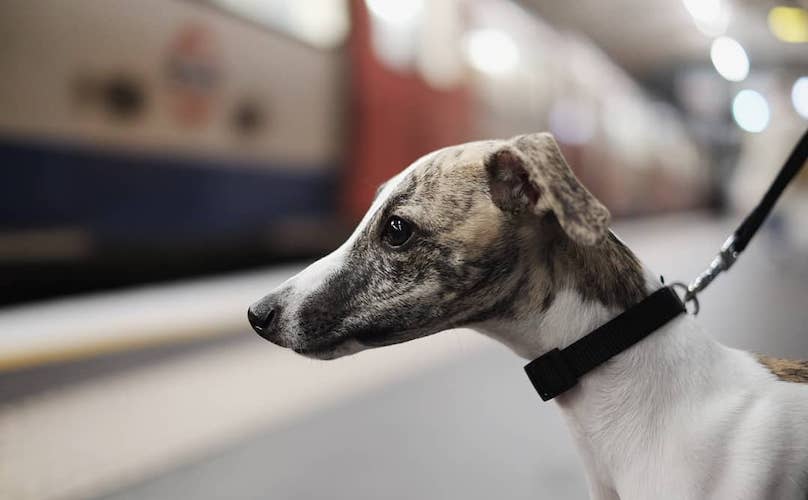***Looking for a gift to get your new dog in the mood for FOOD? Spoil them with a BarkBox! Every month BarkBox delivers 2 original toys, designed in-house, 2 full bags of all-natural treats, and a chew. Sign up here and receive a free extra toy every month. <– This deal is worth up to $120 in value if you sign up for a 12-month subscription! 🙂
Dogs have a reputation for gobbling down just about any food you give them. Thus, when your new dog isn’t eating much—or at all—it can be concerning. Wondering what to do with a dog that’s gone cold turkey on his kibble? Here are few reasons a new dog might refuse food and what to do to help your dog stayed nourished and healthy:
Give Your New Dog A Health Check-Up
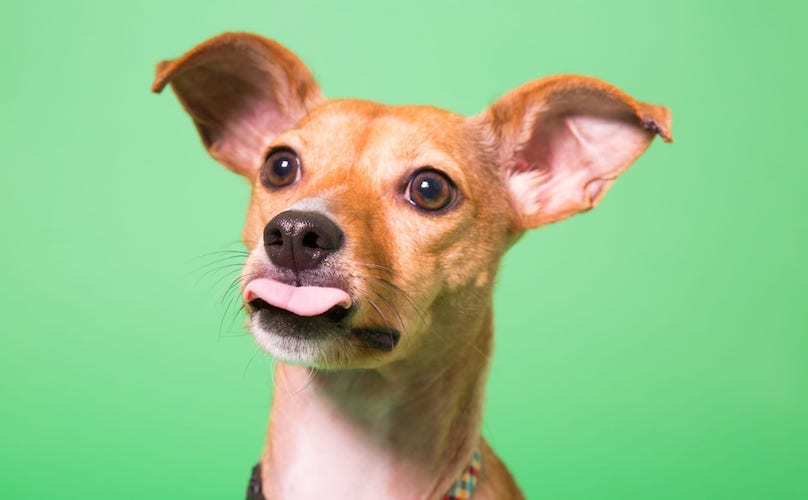

Even if you’ve already gotten a clean bill of health from your veterinarian, your pup’s refusal to eat could be a sign of a previously undetected health issue. A particular cause for concern is if your dog initially had a healthy appetite, but now has stopped eating. If his loss of appetite is accompanied by other symptoms, such as weight loss, diarrhea, or vomiting, then it’s probably time to head to the vet.
Problems with a dog’s gums or teeth can also lead to a bout of anorexia. Even the most food-motivated of dogs won’t eat if it’s painful. So check your dog’s mouth for sores, injuries, broken or rotten teeth, or swollen gums. If you find something suspicious or unsure of what you’re looking for, then a trip to the vet is the safe choice.
Watch Your Pup For Signs Of Nervousness
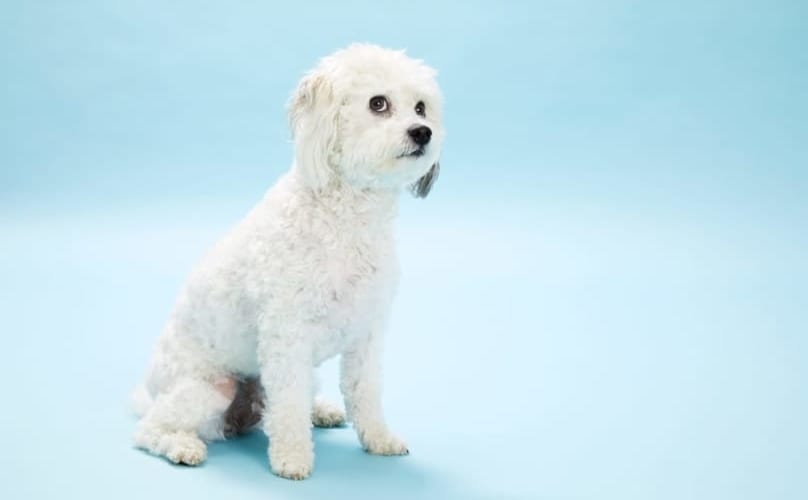

Adjusting to a new family and home environment is difficult for any dog. Yet, for adopted or abandoned dogs, it can be a particularly confusing and intimidating experience. If your dog isn’t showing any interest in food, it could relate to their current mental state. Like most animals, nervous or scared dogs are more apt to lose their appetites.
If you have a dog who is acting shy, tucking her tail, panting, cowering, hiding, avoiding human touch, jumpy, whimpering, or even shaking, then your newest family member might simply be too nervous to eat. In that case, it’s best to take steps towards welcoming your new dog in a calm and comforting way. Give her some space, take her for walks, and allow her some time to warm up to you before you shower her with love.
You can also substitute her regular food for special treats instead. Pieces of chicken, peanut butter, or other high value food might entice her nose enough to take a few bites. While you won’t want her to permanently subsist on, say, tiny bits of cheese and hot dog, these tantalizing foods might get her back into the swing of eating.
Test Your New Dog’s Food Preferences
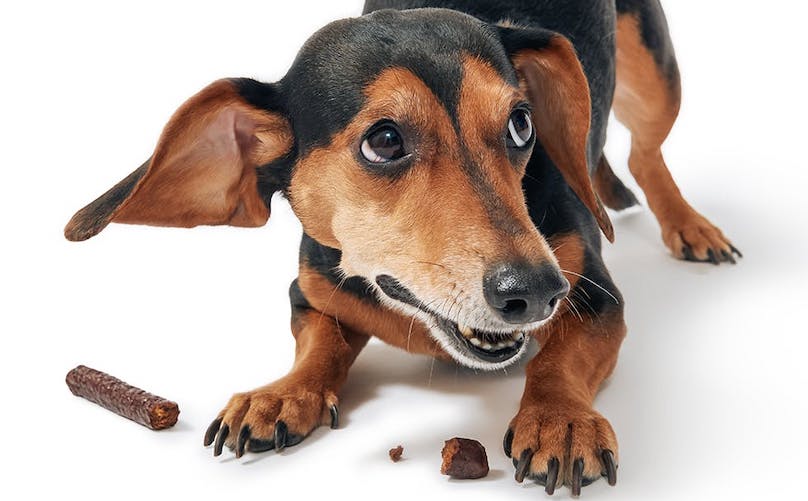

If your new pup is healthy and settling in well to his new digs, then you may want to consider whether you have a picky eater on your hands. Or, perhaps your dog is simply unfamiliar with a new type of food and dislikes it. Think of it this way: if your new dog is adopted or re-homed, it’s possible that he’s been eating an entirely different diet than the one presented to him now.
There are a couple of different ways to approach this. A dog who has never eaten dry kibble before may not be enticed to consume it. In that case, you can ease the transition by adding in a bit of wet dog food. Or add small amounts of other goodies, such as cooked sweet potatoes, banana, boiled and unsalted chicken, or a splash of low sodium chicken broth.
If you suspect that your new dog was subsisting on an unhealthy diet in his old home, it may be best to restrict any food that isn’t regular dog food. Like humans, dogs can develop a love for salt, sugar, oil, fat and other not-so-great diet additions. Dogs that were fed table scraps, an excessive amount of treats, or other high-value foods may be holding out for the good stuff. In that case, it might be time to wean your dog off of snacks. Instead, stick with the dietary plan you’ve created in consultation with your vet. Once your pup becomes used to a healthier nutritional diet, then you can reintroduce treats during training and other exercise.
Stay Positive And Follow A Routine
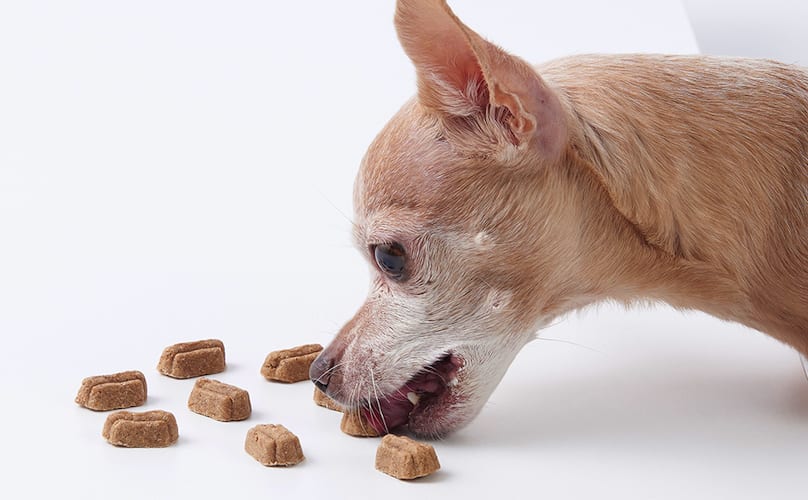

As long as your new dog is healthy, a period of finicky eating might simply correspond with your dog’s big life transition. Overall, it’s best to stay calm and positive, as well as to give your dog time to adjust. The good news is that developing and sticking to a routine can help. For instance, a well-exercised dog is usually a far hungrier dog. Thus, consider taking your dog on a walk or run before you feed him. That way, your dog not only works up an appetite, but may start to see food as a positive reward.
Hand-feeding can be helpful and a good bonding experience. Yet, it’s important to never force a dog to eat when they’re not in the mood. Make meals a happy and relaxed event so that your dog starts to associate eating with positive vibes.
Looking For More Articles About Getting A New Dog?
How Do I Get A Dog?
My New Dog Is Nervous: What Do I Do?
What Is The Checklist Of Things I Need For Bringing A New Puppy Home?
17 Essentials For New Pup Parents To Keep Your Dog Smiling
How To Prepare To Bring Your Dog Home For The First Time
Puppy 101: How Do I Stop My Puppy From Biting?





